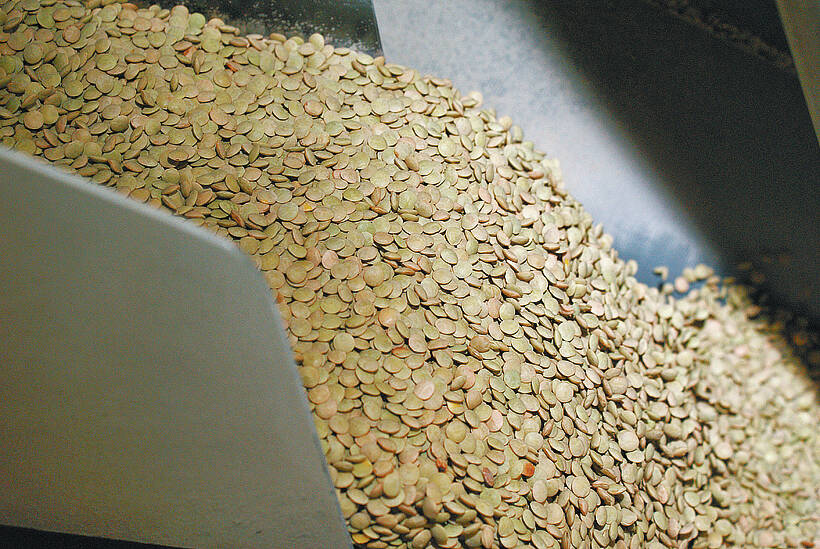Packaging product labels
Labels on food packages have grown into a significant policy and marketing issue, but our fears might blind us to a great opportunity.
In the past, labels were boring things once you got past the colorful picture and logo – just a list of ingredients that included hard to pronounce preservatives.
But now some agricultural and consumer lobby groups and some governments around the world are considering adding more information to food labels.
The biggest controversy has developed in Europe where governments are working out how to handle food from genetically modified organisms or GMOs.
Read Also

Green lentil market oversupplied
Farmers in Western Canada can expect price pressure on their new crop of green lentils, as the available supplies among the world’s major lentil-growing nations increase significantly.
In North America, unless the nutritional or health aspects of the food have changed in a substantial way, there is no need to mention on the package label that the food contains GMO material.
In Europe, consumers are more suspicious of the technology.
It is partly because they view dining as a time to savor, unlike many North Americans who fit in meals around a busy work and family life.
Also, organizations critical of genetic engineering, such as Greenpeace, have done a better job in Europe of getting their message across than have the proponents of bio-engineered food.
Tony Zatylny of the Canola Council of Canada and a couple of canola producers recently visited Europe to get a first hand impression of how the situation is
developing.
Zatylny said it appears governments will probably avoid the “may contain GMO ingredients” wording because it is vague and doesn’t help the consumer make a choice.
Instead, a host of foods will be labeled “contains GMOs.”
That might cause North American farmers, most of whom have readily accepted GMO herbicide- tolerant crops, to worry their oilseeds and other GMO crops will never find consumer acceptance in Europe.
But that isn’t necessarily so. It depends on the labeling and marketing strategy. Zatylny noted a tomato paste containing GMO tomatoes sold in Britain has become the market segment leader.
How?
The company has used the label to promote the benefits of genetic modification and link them to lower cost food.
The label states that genetic transfer has led to less harvest waste and savings passed on to the consumer.
It seems Europeans are leery of GMOs when viewed as vague concepts. But when they are a real product in a familiar context, and the label helps explain a clear benefit from genetic modification, opposition melts away.














